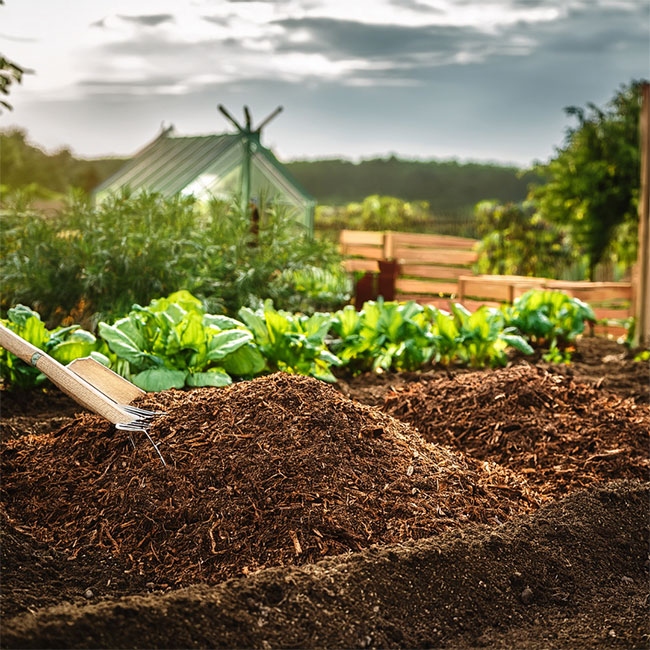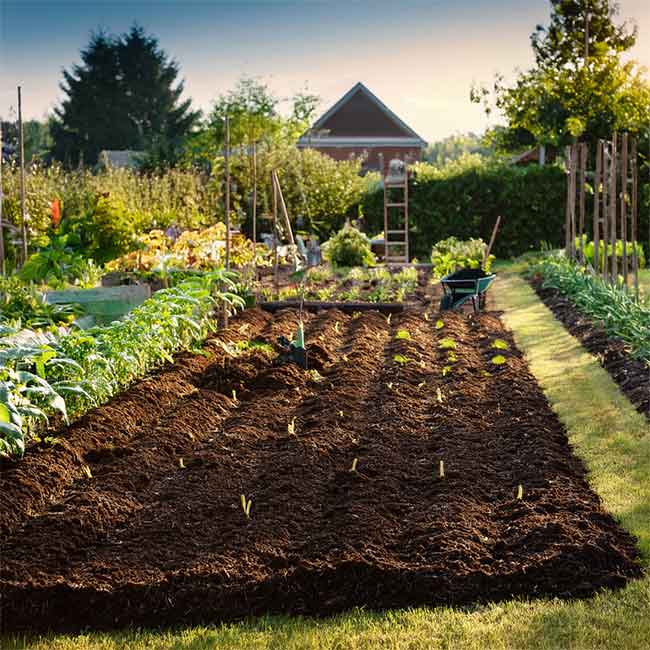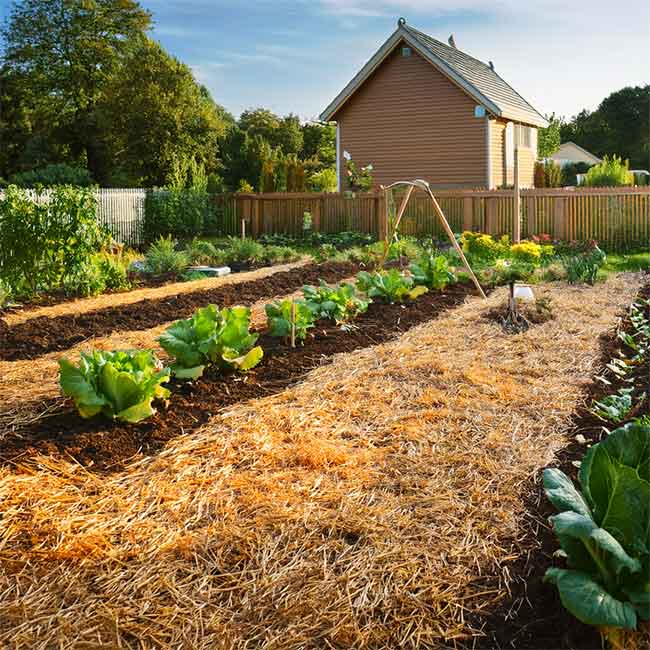
“Is mulch really that important for your garden?”
You’ve probably heard gardeners swear by mulch like it’s some kind of magic dust. “It keeps weeds down!” “It helps the soil!” “It makes everything look better!” But is it really as good as it seems?
Short answer: yes – and then some.
Using the right type of organic mulch can make a massive difference in the health, appearance and maintenance level of your garden. It’s not as simple as just scattering some wood chips on the ground and calling it done. Different kinds of mulch serve different purposes, and choosing the right one can give your plants a serious boost while saving you time and effort. So let’s dig in and talk about why organic mulch matters, what types are out there and how to pick the one that fits your space best.
What’s Organic Mulch All About?
In simple terms, organic mulch is any material derived from natural, living sources that’s used to cover the soil. Think bark, wood chips, shredded leaves, straw, pine needles, compost – you get the idea.
As it breaks down over time, organic mulch adds nutrients back into the soil. That’s a big deal for your plants, especially if you want a thriving, low-fuss garden. But even before it breaks down, mulch provides plenty of benefits right from the start.
Why Your Garden Needs Organic Coverage?
Here’s why the right mulch is more than just a nice touch – it’s essential:
1. Moisture Retention
Mulch helps your soil hold on to water longer, which means you don’t have to water as often. That’s a win for both your plants and your water bill.
2. Weed Control
A good layer of mulch blocks sunlight from reaching weed seeds, which stops them from sprouting. Less weeding = happier gardener.
3. Temperature Regulation
Think of mulch as a blanket for your soil. It keeps roots cooler in the summer and warmer in the winter – perfect for protecting delicate plants through seasonal shifts.
4. Soil Improvement
As mulch breaks down, it adds organic matter to your soil, improving its texture, fertility and overall health. That means better root growth and stronger plants.
5. Erosion Prevention
Mulch acts like a buffer, keeping rain from washing away your topsoil (and your nutrients with it). It’s especially helpful on slopes or loose, sandy soils.

6. Visual Value
Let’s not forget about the pleasure mulch looks – it makes yard beds look neat and clean. It’s like giving your yard a new haircut.
Not All Mulch Is Created Equal
This is where things get a little more complicated. There’s no one-size-fits-all mulch because your garden isn’t like everyone else’s. Different types of organic mulch break down at different rates, look different and interact with your soil in unique ways.
Here are a few of the most popular options and when to use them:
Shredded Bark or Wood Chips
- Great for: Flower beds, walkways and around shrubs or trees
- Pros: Long-lasting, visually appealing, helps with erosion
- Consider: It can tie up nitrogen in the soil while decomposing, so avoid mixing into vegetable beds
Compost
- Great for: Vegetable gardens and flower beds
- Pros: Adds nutrients, improves soil texture, helps retain moisture
- Consider: Doesn’t last as long on the surface as wood-based mulches
Pine Needles
- Great for: Acid-loving plants like blueberries, azaleas or rhododendrons
- Pros: Light and easy to spread, natural look
- Consider: Can slightly acidify the soil, which is good or bad depending on your plant types
Straw or Hay
- Great for: Veggie gardens and newly seeded lawns
- Pros: Cheap, breaks down fast, adds lots of organic matter
- Consider: Needs replacing more often, may contain weed seeds if not clean
Leaves
- Great for: Flower beds and under trees
- Pros: Free, improves soil health
- Consider: May mat down and block air/water if not shredded first

Choosing the Right Mulch for Your Garden
So, how do you decide what’s best for your space?
Start by asking a few key questions:
- What kind of plants are you mulching around? Veggies have different needs than ornamental shrubs.
- How much maintenance are you willing to do? Some mulches break down fast and need replacing regularly; others last a year or more.
- Do you want it to feed the soil quickly or just look neat? Compost enriches the soil right away, but bark mulch is more decorative and slow to break down.
And of course, consider what’s available locally. Sourcing your mulch from a trusted provider nearby ensures it’s fresh, appropriate for your climate, and free from harmful chemicals or pests.
That’s where North County Mulch comes in. They offer a wide range of organic mulch types, from classic bark to nutrient-rich compost – perfect for gardens big and small. Whether you’re after looks, function or a little of both, they can help you find the right fit without the guesswork.
Pro Tips for Mulching Like a Pro
Once you’ve picked your mulch, here are a few quick tips to get the most out of it:
- Apply 2–4 inches deep – Too thin and it won’t block weeds or hold moisture; too thick and you risk suffocating your plants.
- Keep it away from stems and trunks – Mulch piled directly against plants can cause rot.
- Refresh it yearly – Some mulch lasts longer, but checking and topping off each spring keeps things looking sharp and working well.
- Don’t overdo it – More mulch isn’t always better. Stick with that 2–4 inch rule.
Topping It Off
After all, mulch is more than just a decorative element for gardens. It’s a hardworking, multipurpose tool that can protect your plants, improve your soil, and cut down your maintenance all in one go.
You can get exactly what your garden needs to grow without having to try and fail by picking the right type for your room and getting advice from people in your area. If you want to make your yard look better, grow vegetables, take care of flower beds, or just make it look better, a good layer of organic mulch might be the easiest thing you do all season.
 My Favourites
My Favourites










Speak Your Mind